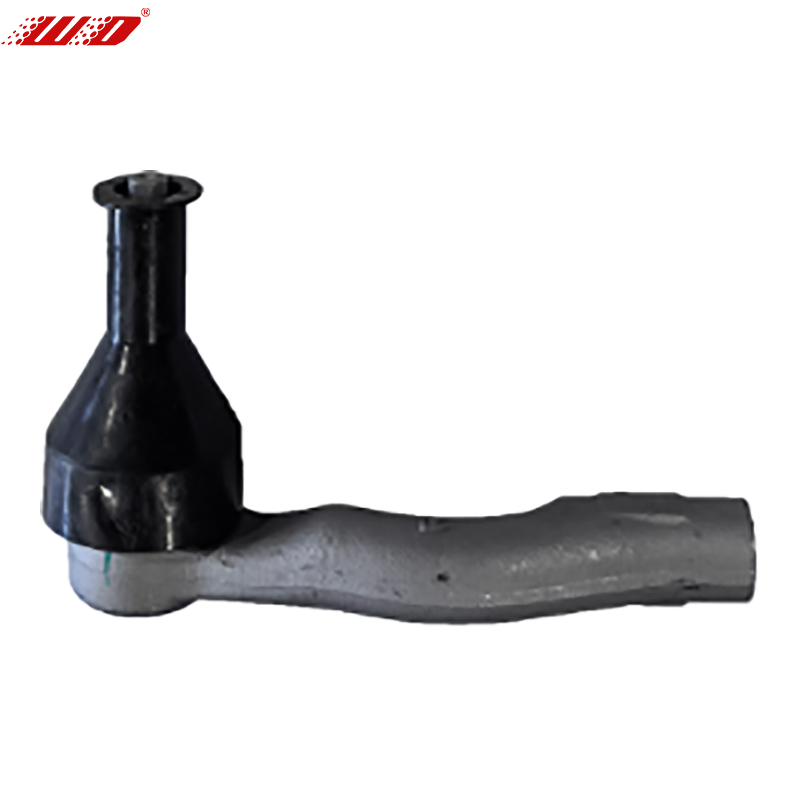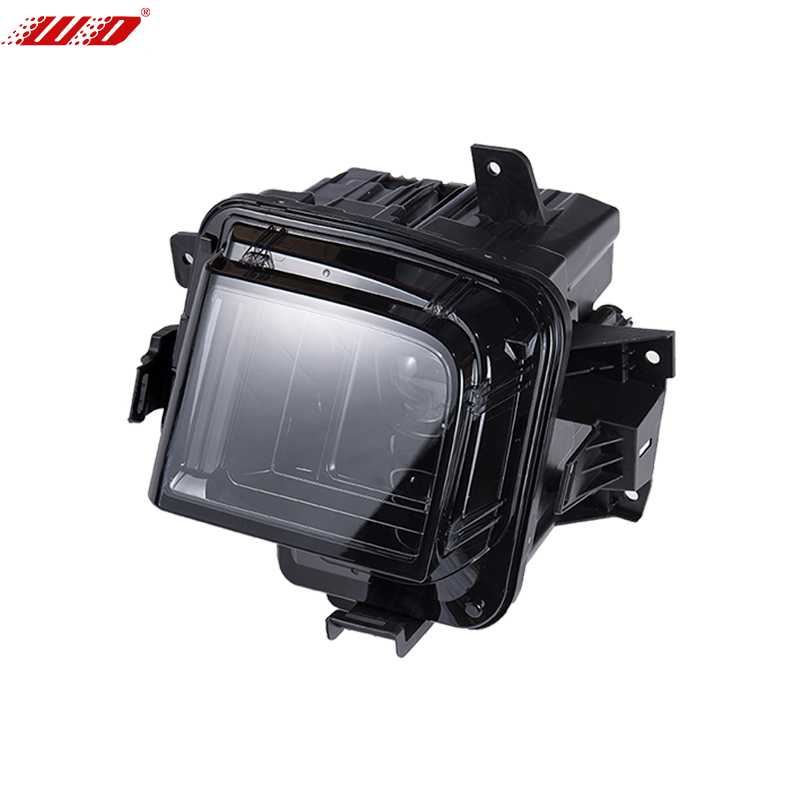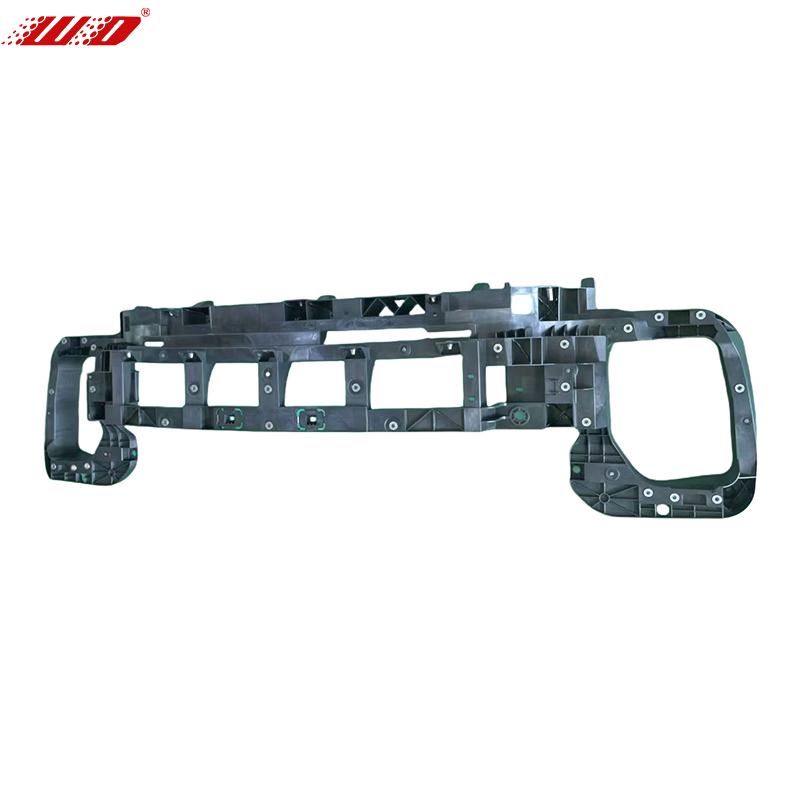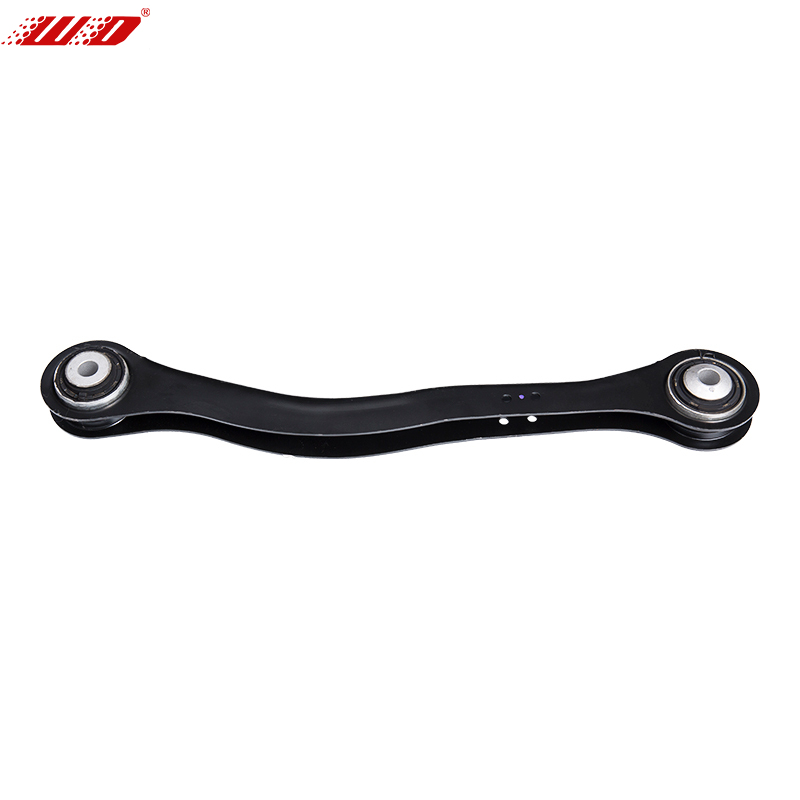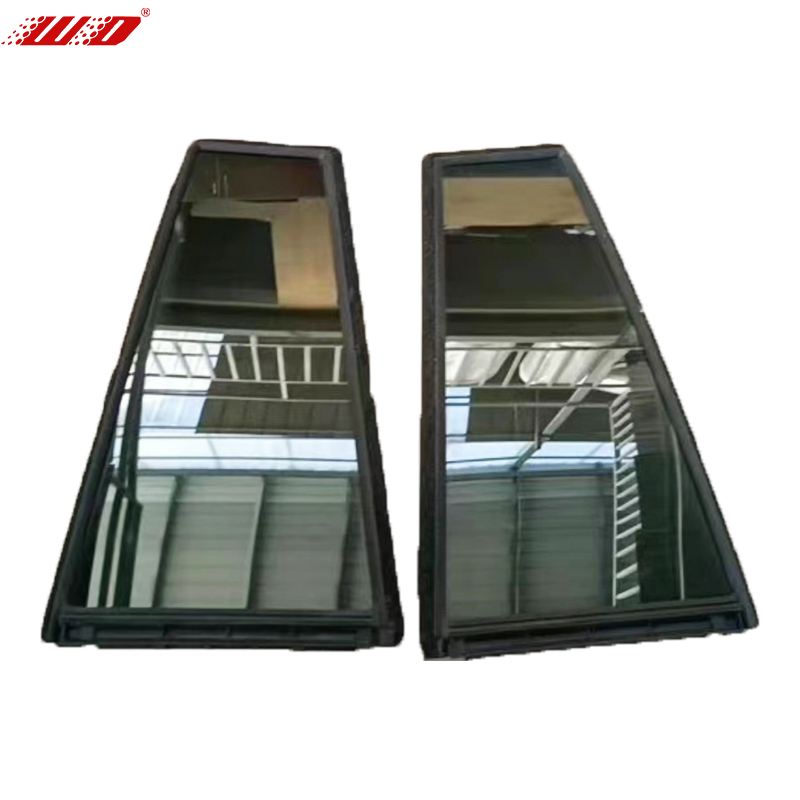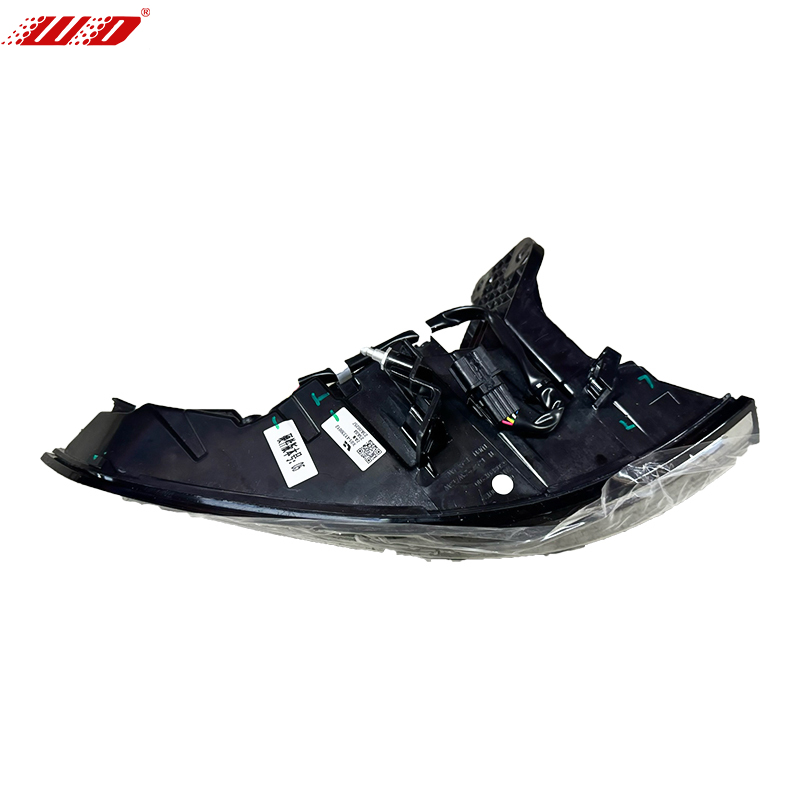The Li Auto L6 Front Bumper plays a key role in the vehicle’s overall safety by serving as both a first line of defense in collisions and a platform for integrated safety technologies. Its design and material composition are carefully engineered to protect not just the vehicle, but also pedestrians and passengers. Here's a detailed breakdown of how the front bumper contributes to vehicle safety:
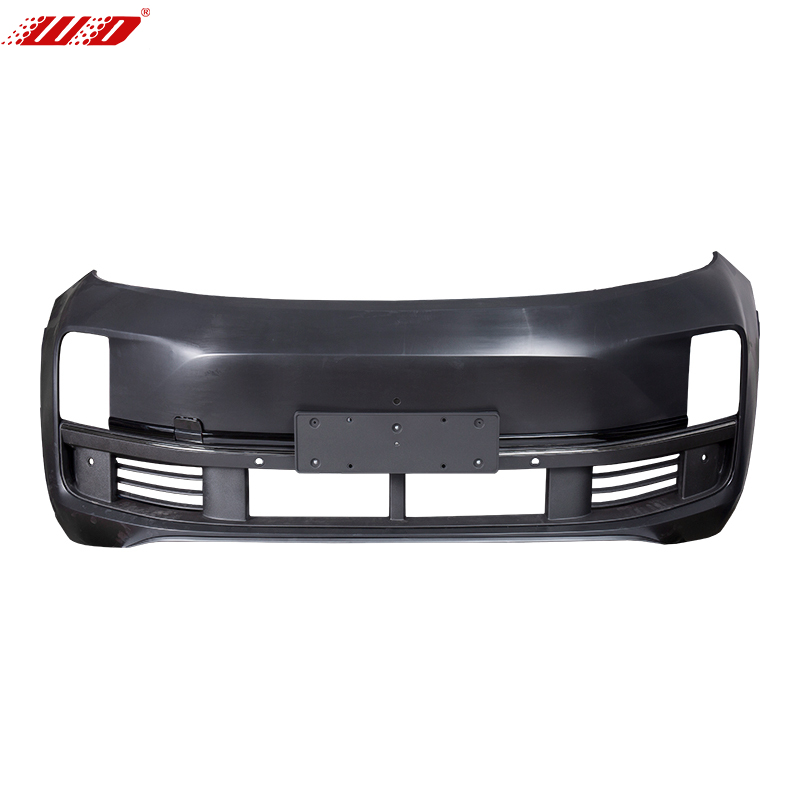
1. Energy Absorption During Low-Speed Collisions
The front bumper is designed to absorb and dissipate impact energy during low-speed collisions (such as parking mishaps or bumper-to-bumper traffic). This helps reduce structural damage to the vehicle’s main body and critical components like the radiator, headlights, and engine bay.
Reinforced internal structures behind the bumper—often made of high-strength steel or aluminum—help distribute force evenly.
Foam or plastic energy-absorbing layers inside the bumper cushion the impact and reduce repair costs after minor crashes.
2. Protection of Occupants
In the event of a more severe frontal impact, the front bumper acts as the initial buffer in the crumple zone, triggering a controlled deformation sequence. This mechanism helps to:
Slow down the impact force before it reaches the cabin
Work in tandem with airbag deployment timing
Reduce the risk of injury to front-seat passengers by absorbing some of the kinetic energy
3. Pedestrian Safety Features
The Li Auto L6 front bumper is likely designed with pedestrian impact mitigation in mind, which is especially important in markets with strict safety regulations (like Europe and China). Key design features may include:
Smooth and contoured bumper surfaces to reduce injury severity on impact
Deformable outer materials that help absorb impact energy if a pedestrian is struck
Sensor integration for pedestrian detection systems, which may trigger automatic emergency braking (AEB)
4. Integration of Advanced Driver Assistance Systems (ADAS)
Modern vehicles like the Li Auto L6 are equipped with a range of sensors and cameras that are often housed in or behind the front bumper. These play a direct role in preventing accidents and enhancing driver awareness:
Radar sensors for adaptive cruise control and collision avoidance
Ultrasonic sensors for parking assist and proximity alerts
Cameras or LiDAR units for lane keeping, traffic sign recognition, and pedestrian detection
The bumper must be precisely designed and calibrated to allow these systems to function without interference. Material thickness and placement are carefully engineered so that sensor signals (such as radar waves) are not distorted.
5. Aerodynamic Contribution and High-Speed Stability
While indirectly related to safety, the front bumper also contributes to vehicle aerodynamics by managing airflow around the car. This improves high-speed stability and braking efficiency, particularly on highways or in emergency maneuvers.
Summary
| Function | Safety Contribution |
| Impact Absorption | Reduces damage and injury in low-speed crashes |
| Crumple Zone Integration | Protects cabin occupants in high-speed impacts |
| Pedestrian Protection | Minimizes injury in pedestrian collisions |
| ADAS Sensor Housing | Enables active safety systems like AEB and adaptive cruise |
| Aerodynamic Design | Enhances handling and control at higher speeds |
In conclusion, the front bumper of the Li Auto L6 is far more than a cosmetic exterior panel. It is a carefully engineered safety component that helps prevent accidents, protect people, and reduce damage in real-world driving conditions.

 English
English русский
русский Español
Español
